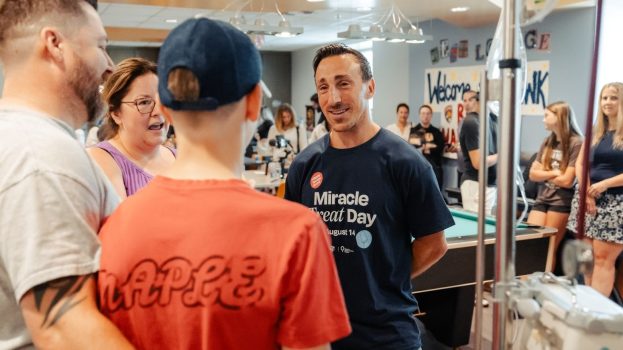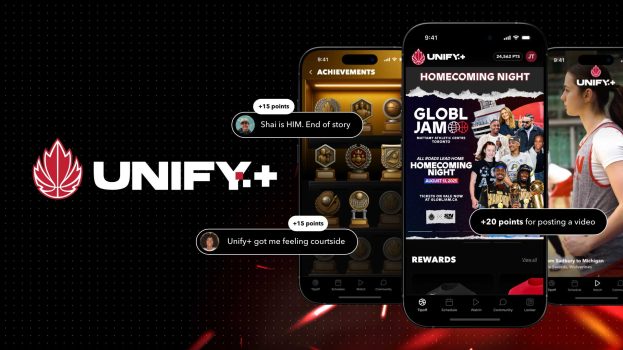Partners for Mental Health may have had to work with a modest budget, and the non-profit may have had a lot to say in a small amount of time to do it in, but Jeff Moat, founder, Partners for Mental Health says that the response the campaign received from thousands of Canadians for its “Not Myself Today” campaign went well above expectations.
When the Canadian non-profit organization opened its doors at the beginning of April this year, the anti-stigma campaign followed in its wake. The goal was to turn the issue of mental health in the country on its head by asking that people reach out and express how they’re feeling and take an online pledge to support the cause. The campaign saw more than 110,000 visits to the campaign website, with over 25,000 people taking the pledge, says Moat.
It’s this type of conversion rate that doesn’t really exist in the social cause space, says Phillip Haid, CEO, Public Inc (the agency behind the creative and strategy). “We converted over 20% of those that came to the website. You’d be happy to get a 5% conversion on the action you want people to take,” he adds.
Haid attributes the result to what was being communicated on the site, with the organization contextualizing the issue as visitors land on the page. He believes that straight-up questioning visitors on their emotional state that day and linking it to the statistic of 1 in 5 Canadians having to deal with mental health problems each year is what hit home with Canadians. The page also showcased personal stories from more than 700 Canadians, which Haid says visitors would spend between two and three minutes viewing.
“We wanted to make the pledge form and the information short and concise enough to make sure that people didn’t drop off,” he says. “The branding that we created was to try to make this issue as non-threatening as possible.”
Throughout the month of April, the organization sent out ambassadors to speak with pedestrians in Toronto and Vancouver about the issue and on April 30, it held an experiential event whereby a giant “mood wall” with thousands of buttons was placed at Yonge-Dundas Square. It was on this day that the site saw its biggest spike in pledges, with more than 2,000 people signing their names on the site, says Haid.
The small budget resulted in the organization having to rely heavily on engagement from events and grassroots executions, he says, adding that the organization documented the street-level executions and posted it to its Facebook and Pinterest pages. “So the design of a lot of the street and guerilla marketing was to basically give us fodder for social,” says Haid, adding that the content was then supported by cost-per-click ads on several sites as well as a weighty Facebook buy that invited Canadians to participate.
The organization hopes to take the campaign further with talks of working with a broadcaster next year, says Haid. And because the organization launched in conjunction with the campaign, not many people were aware of what the non-profit was all about, he adds, saying that next year they plan to “get the boots on the ground within the blogger community” and that seeing the success from its social media efforts solidifies the decision to further nurture those relationships and establish the non-profit in the community.
“It’s one thing to be aware of a situation, you can always throw stats at a person, but they’re looking for something to do,” says Moat on what differentiated the campaign. “They want to mobilize, they want to do something. I think we have benefited from the halo effect from campaigns such as Bell’s “Let’s Talk” and others that have preceded this to really help supercharge this public mobilization campaign to see the kind of numbers that we have seen in past five weeks alone.”
























